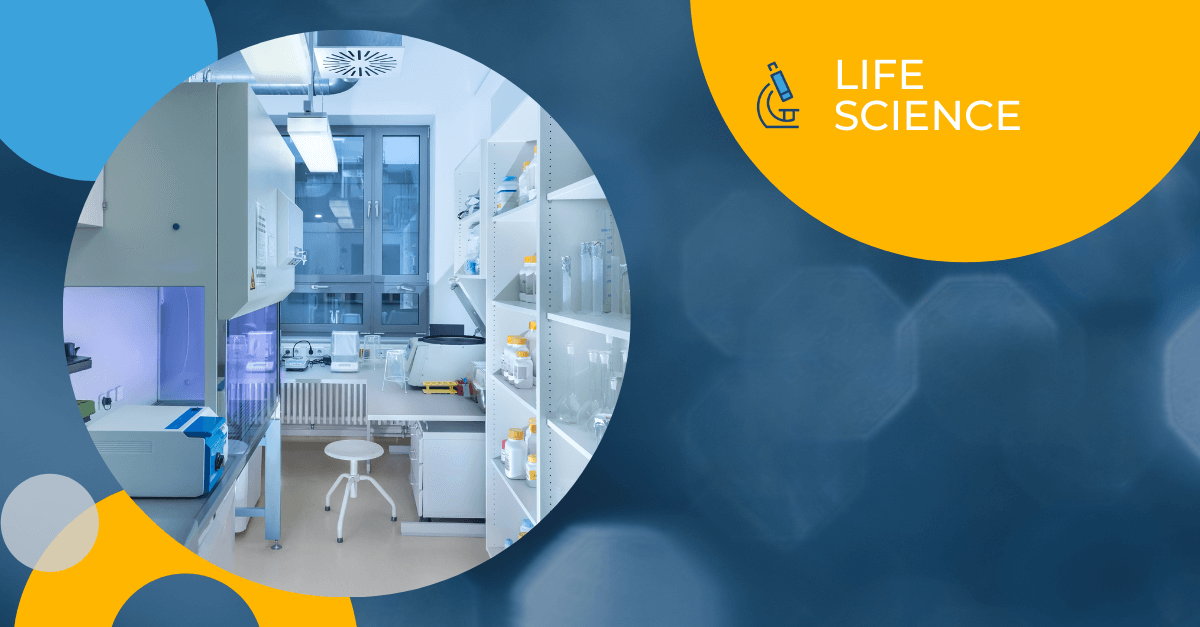
By: Jack Fischer, Business Development Manager – Life Sciences division
The mantra of medical device development is ‘Design, Validate, Iterate – and Repeat’. Unlike large- and small- molecule therapies, the tangible nature of medical devices enables a more efficient path for innovations to reach the market.
For developers, this represents a double-edged sword—the average 510(k) device takes only $73 million to successfully traverse the path from concept to reimbursement[1]. On the other hand, most medical devices have an 18 to 24-month window before an improved substitute enters the market[2].
By steadily iterating your device – incorporating novel materials, more user-friendly designs, and feedback from physicians, patients, & regulatory bodies – your medical devices can remain competitive across several product cycles.
As devices are improved in order to stay competitive, documentation must be updated to remain applicable and relevant. With limited resources, this raises a key question – what is the best strategy for managing the costs of translation while ensuring high quality and consistency across all your medical device documentation?
As we know, design is all about making the most appealing trade-offs. Iteration is meant to address those compromises to create a better experience & outcome. Updating your translations with Morningside will allow for an iterative process, which is both cost-effective and increases consistency. In order to create value for our clients, Morningside utilizes a series of software tools to aid linguists, known collectively as Translation Memory. Translation Memory, or ‘TM’, increases quality & consistency, while reducing costs.
Morningside uses translation memory software to increase value for clients by reconciling the precise & repetitive nature of documentation with the human element of translation. At its most basic level, translation memory functions as a client-specific database of previously translated documents. During the quoting process, we use this interactive database to check your new files for repetitive and/or previously translated text. To avoid stylistic changes in translation of the same terms and phrases, our translation memory software flags the text in question and notes the previously used translation. During the translation process, linguists check the previous translation to make sure it fits in the context of your new documentation. Not having to re-translate the same text ensures high quality by protecting against stylistic changes and ensuring consistency across documents.
While translation memory increases consistency and quality, it also decreases cost and turnaround time. Just as you leverage your past experience to keep up with new market trends, leveraging translation memory allows linguists to produce high quality translations at a faster turnaround time. Repetitive phrases are also billed as a discount, allowing for significant cost savings.
Just as patients and physicians choose specific medical devices because they improve quality of life, you can choose an informed partner who provides a personal, professional experience with the benefits of customized translation memory that speeds up turnaround times and lowers costs. At Morningside, we put our best foot forward to understand your needs. By utilizing our tools, like TM, to create a professional experience, we ensure that we can meet and exceed them.
The Author
Jack Fischer
Jack Fischer is a Business Development Manager at Morningside’s Life Sciences division. After researching Tuberculosis genetics at Albert Einstein College of Medicine, and working with numerous biotechnology startups in New York, Jack moved to Morningside in order to apply his expertise to developing and implementing translation solutions for the life sciences industry. Jack has a dual B.A from Skidmore College in Integrative Biology & Business.


